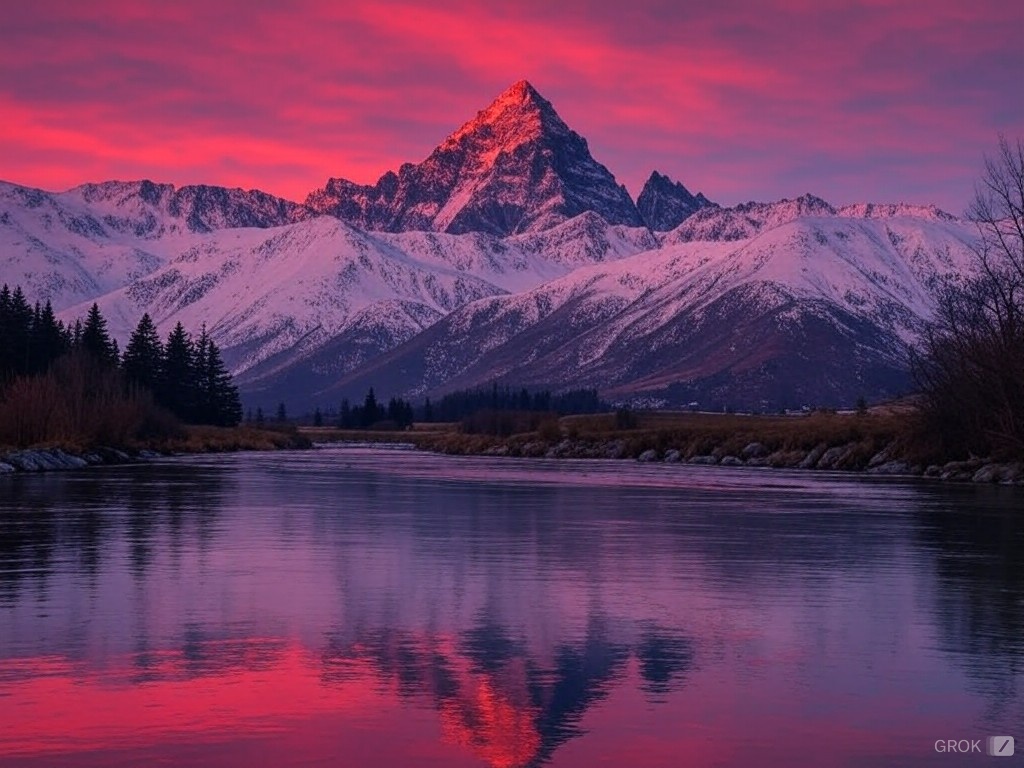Ah, Unreal Engine. Just bringing up the name sparks an entire cosmos of ideas—doesn’t it? When I first dipped my toes into the world of game level design, I’ll admit, Unreal Engine seemed as daunting as trying to solve a Rubik’s Cube in the dark. Oh, and with one hand tied behind my back. But fast-forward through countless hours of navigating nodes and sculpting landscapes, and I can comfortably say it’s much more than just technology—Unreal is a creator’s playground!
Why Unreal Engine Steals the Show
So why exactly does Unreal Engine often end up as the heartthrob of game developers, both greens and veterans alike? Well, if I had to narrow it down—I envision throwing a dart here—it would probably land smack on ‘versatility.’ Whether you’re crafting an eerie, suspense-filled alleyway or a vast, sunlit valley, Unreal Engine transitions from scene to scene like a chameleon. The realism? Off the charts. The sky’s literally the limit here, or maybe it’s not, considering you can create whatever universe you fancy.
That Little Thing Called Lighting
Don’t even get me started on the lighting system. There’s something magical about finding that perfect hue, that specific angle of light that suddenly breathes life into a scene. It’s almost like the level whispers a quiet ‘thank you’ when you get it right. Unreal’s dynamic lighting capabilities allow for such intricate adjustments that sometimes, I find myself spending hours just tweaking the light—crazy, right? But oh, so worth it.
Blueprints – A Love Story
Blueprints, Unreal Engine’s visual scripting system, is sort of your best friend in the biz. It’s like having a Swiss Army knife in your pocket; incredibly handy and surprisingly powerful. You start linking nodes, and before you know it, you’ve orchestrated a symphony of game mechanics that work seamlessly together. And the best part? You don’t have to be a coding genius to get phenomenal results. Ease-of-use and powerful – a rare combo but Blueprints nails it!
Now, shifting gears for a bit – Unreal isn’t just about making things pretty or technologically sophisticated. It’s about storytelling. As a level designer, your job isn’t just to build an environment; it’s to set the stage for action, to create a backdrop that complements and enhances the narrative. Each asset, each texture needs to contribute to the story you’re telling. Speaking from experience, when players feel the mood, see the thought behind each overturned cart, each flickering streetlamp, that’s when you know you’ve done your job. The immersion – oh, it’s palpable!
Occasionally, yes, you’ll hit a wall. Maybe something just looks off, or the physics react weirdly. It might get frustrating – like trying to thread a needle in a moving car frustrating. But then, isn’t that part of the allure? Each problem is a puzzle, asking to be solved. And when you do—because you always do—the feeling is unbeatable. That ‘aha!’ moment is what keeps this job eternally exciting.
Folks, diving into Unreal Engine for level design has a way of hooking you, of keeping you engaged through its challenges and victories. I can’t count how many times I’ve looked up from my desk and realized the sun had set. And then risen again. It’s that captivating.
If you’re venturing into the realms of game development, or if you’re an old hand at gaming but new to design, believe me when I say Unreal Engine might just become your newest obsession. And hey, if you ever feel stuck, or just need someone experienced to toss ideas around with—don’t be a stranger! I’m here, and always up for diving into a lively conversation or helping you navigate through your designs.
Catch me any time at [email protected] – Let’s bring those stellar game environments to life!
